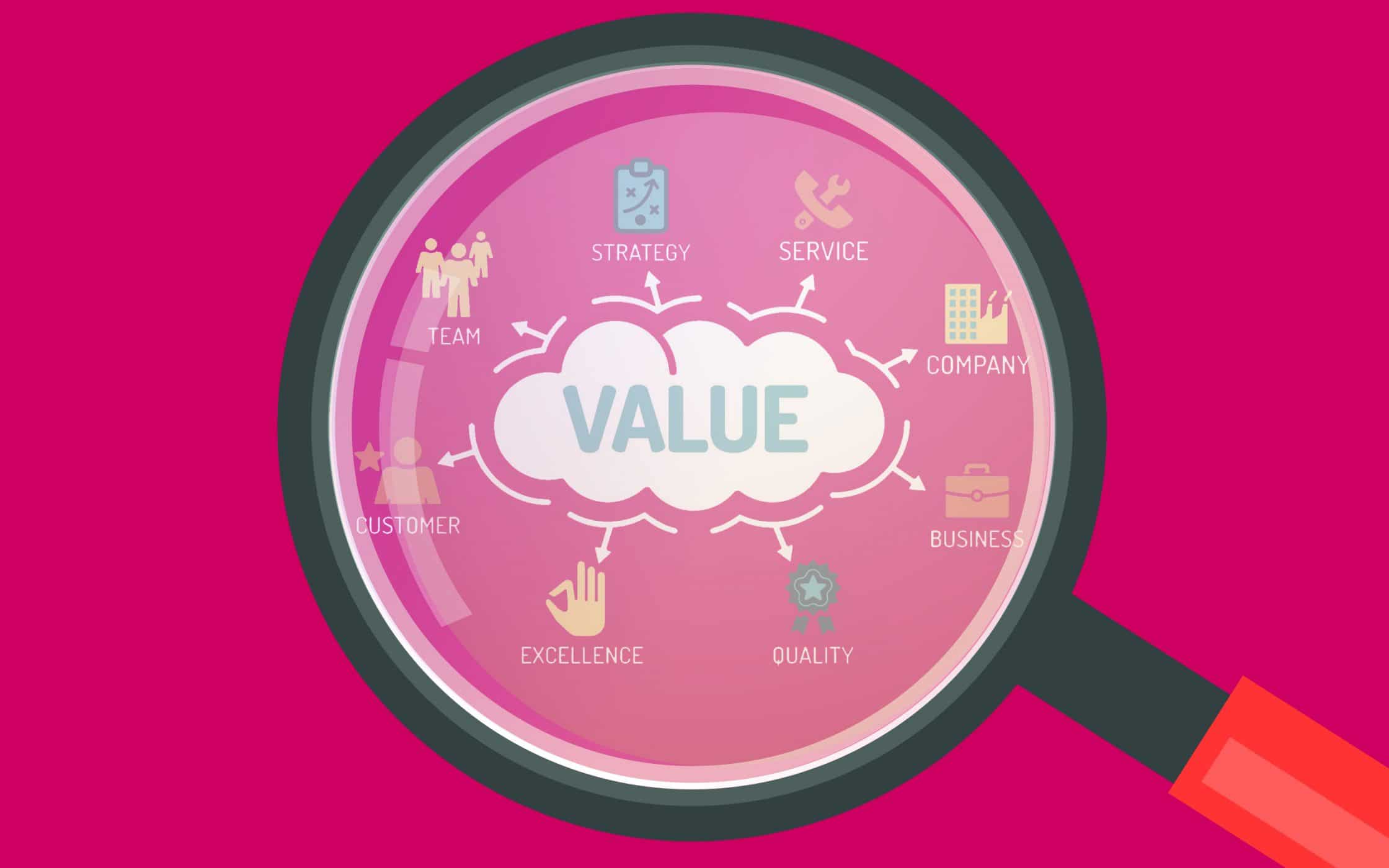In this article, we will discuss the five main categories of product defects. After reading this article, you will have a better understanding of how to identify and correct these defects.
Defect Types
There are several types of product defects that can occur in a manufacturing process. These include chemical and material defects, design defects, and manufacturing defects.
Chemical and material defects occur when the ingredients or materials used in a product are not of the correct quality or quantity. Design defects occur when the design of a product is not correct. They can include problems with the shape, size, or function of a product. Manufacturing defects occur when the products produced by a manufacturing process are not of the required quality or quantity. They can be caused by mistakes during the manufacturing process, or by factors outside of the process, such as environmental conditions.
Each type of defect has its own set of symptoms and consequences. For example, a chemical defect that occurs during manufacturing can cause a product to explode or catch on fire. A design defect in a toy might cause it to break easily. A manufacturing defect in a car might result in it being unsafe to drive.
Product defects can have a significant impact on the success of a product. If they are not corrected quickly, they may lead to product recalls, lost sales, and damage to reputation. In some cases, they can even lead to lawsuits. Product defects should be reported as soon as possible so that they can be addressed and corrected.
Defect Identification
One of the main goals of AQL is to help companies identify product defects quickly and efficiently. AQL Standard defines five main categories of product defects: Defect Identification, Cause and Effect, Corrective Action, Prevention, and Documentation.
Defect Identification is the first step in the process of identifying product defects. This category includes tasks such as reviewing blueprints and engineering drawings to identify any potential problems with the design of the product.
Cause and Effect is responsible for determining why a product defect occurred. This category looks at both the physical cause of a defect and the emotional factors that may have led to its occurrence.
Corrective Action is responsible for fixing the problem that caused a product defect. This category includes tasks such as creating new designs, developing new manufacturing processes, or changing specifications for the product.
Prevention is responsible for preventing future problems with products. This category includes tasks such as implementing safety measures or training employees on how to use the products.
Documentation is responsible for keeping track of all aspects of product defects. This category includes tasks such as documenting corrective action taken, documenting changes made to the product, and documenting any safety concerns that are raised about the product.
Defect Prevention and Control
One of the main goals of the AQL standard through ISO 9001 audit is to prevent and control defects in products. This is done by identifying and preventing potential problems before they occur, and then fixing them when they do.
The main categories of defects that are addressed by the AQL standard are design defects, manufacturing defects, and safety defects.
Design defects are any mistakes that were made in the design of the product. They can be caused by poor planning or inaccurate drawings, for example. Manufacturing defects occur when the products that are produced don’t meet the standards that were set when they were designed.
This can happen because of problems with the manufacturing process, such as faulty parts or wrong instructions being given to the workers. Safety defects are defects that could cause injury to someone using the product. They can include things like faulty components that could burst into flames, or machines that could go out of control and injure people.
By addressing these types of defects early on, manufacturers can avoid a lot of headaches and problems down the road. They can also make sure that their products are safe for consumers to use.
Defect Reporting and Analysis
When a product is manufactured, there are certain steps that must be taken in order to ensure that it meets the quality standards set by the company. One of these steps is defect reporting and analysis.
Defect reporting is the process of identifying and reporting any defects that are found in a product. This information is used to help improve the quality of future products. It is also used to determine which areas need improvement.
Once defective products have been identified, analysts must be brought in to study them. This information will help to determine the cause of the defects, as well as how to prevent them from occurring in the future. By taking these steps, companies can ensure that their products are of the highest quality possible.
Conclusion
As a product defects specialist, it’s important to be familiar with the five main categories of product defects. AQL Standard is a library of ISO 13485 audit and SA8000 audit or any other type of standard that you need to make your product compliant.
This knowledge can help you identify and prevent defects in your products before they cause any problems. So read on for a quick overview of each category, and then see if any of them applies to the products you manufacture or sell.







